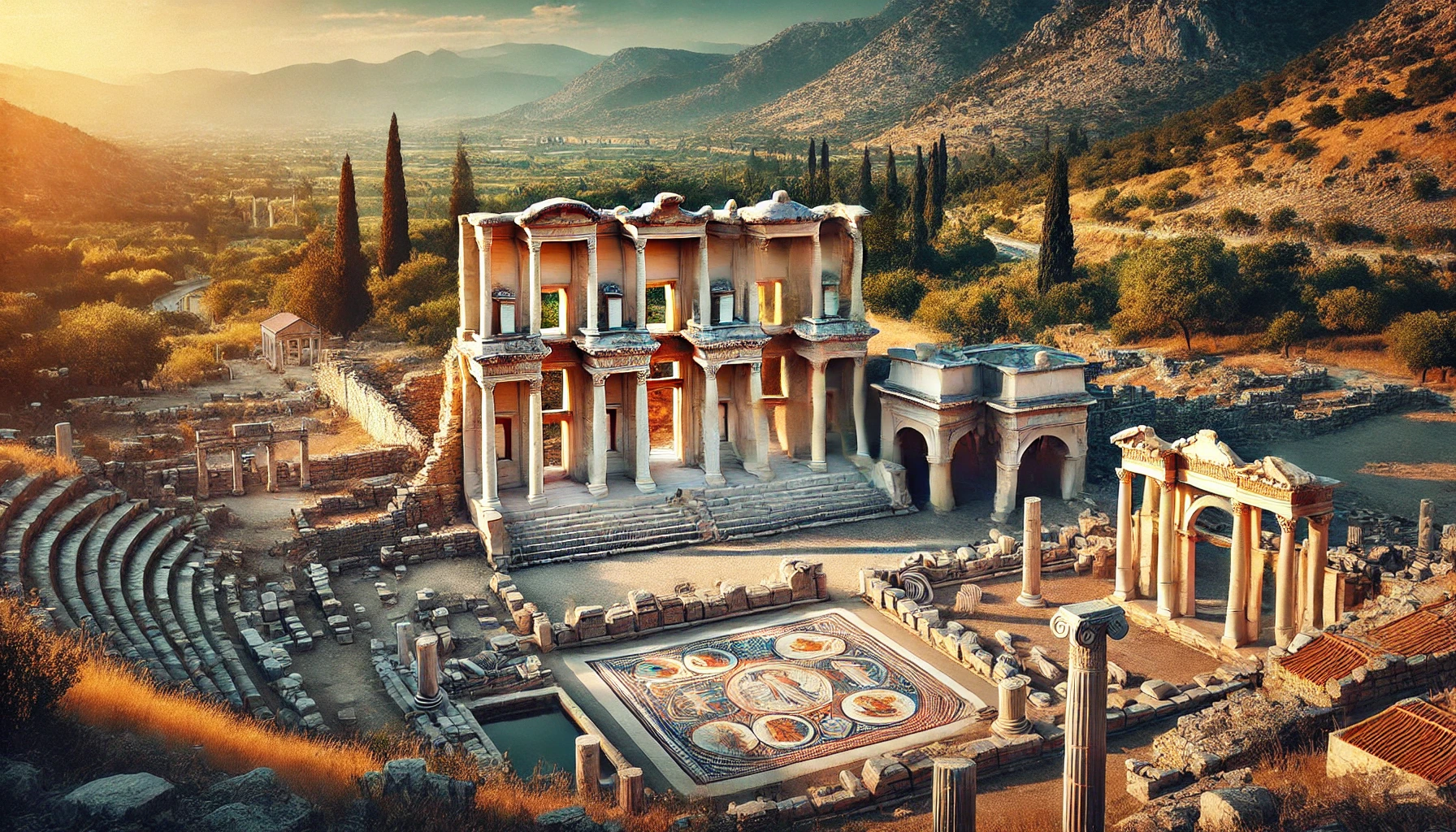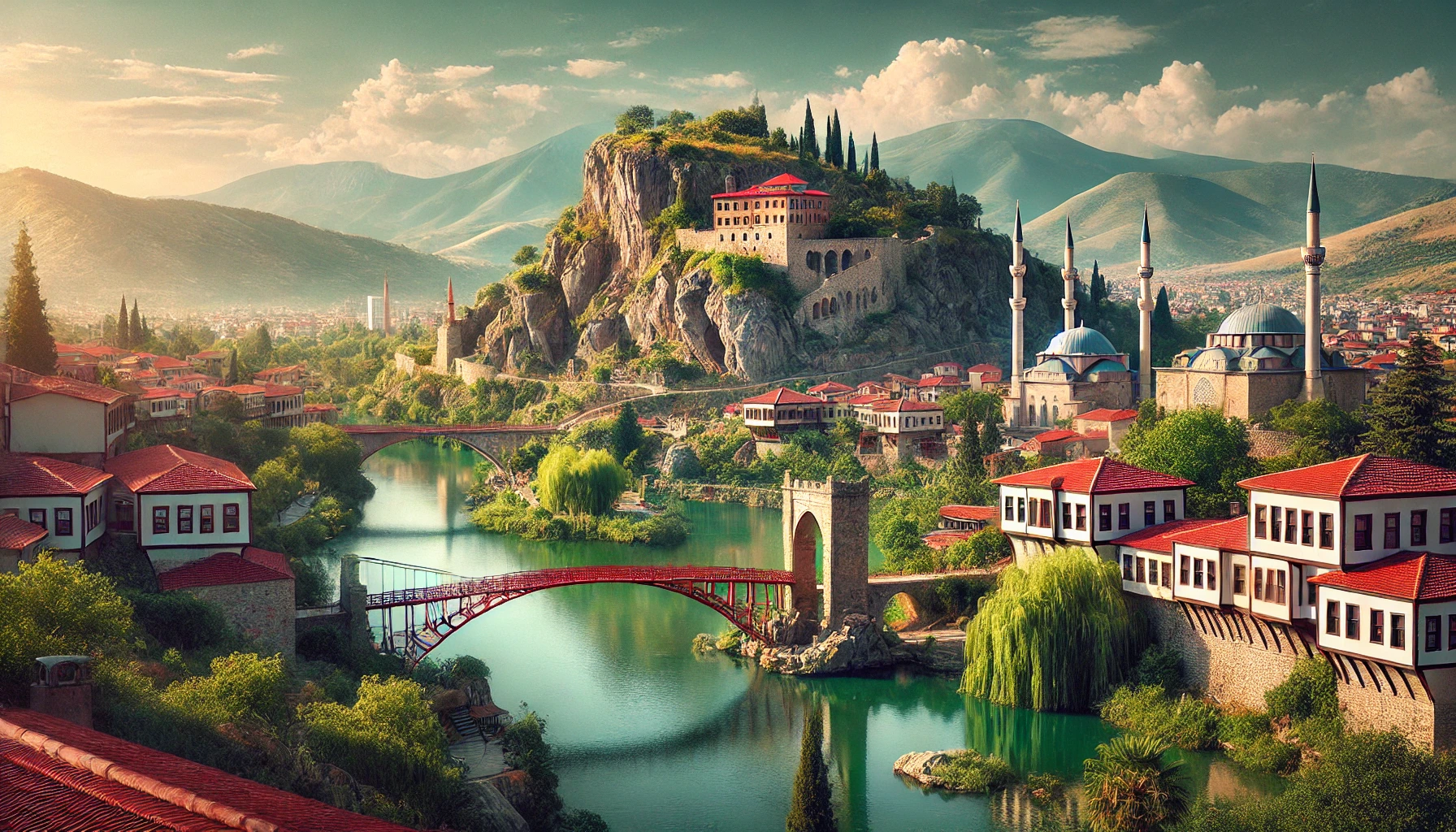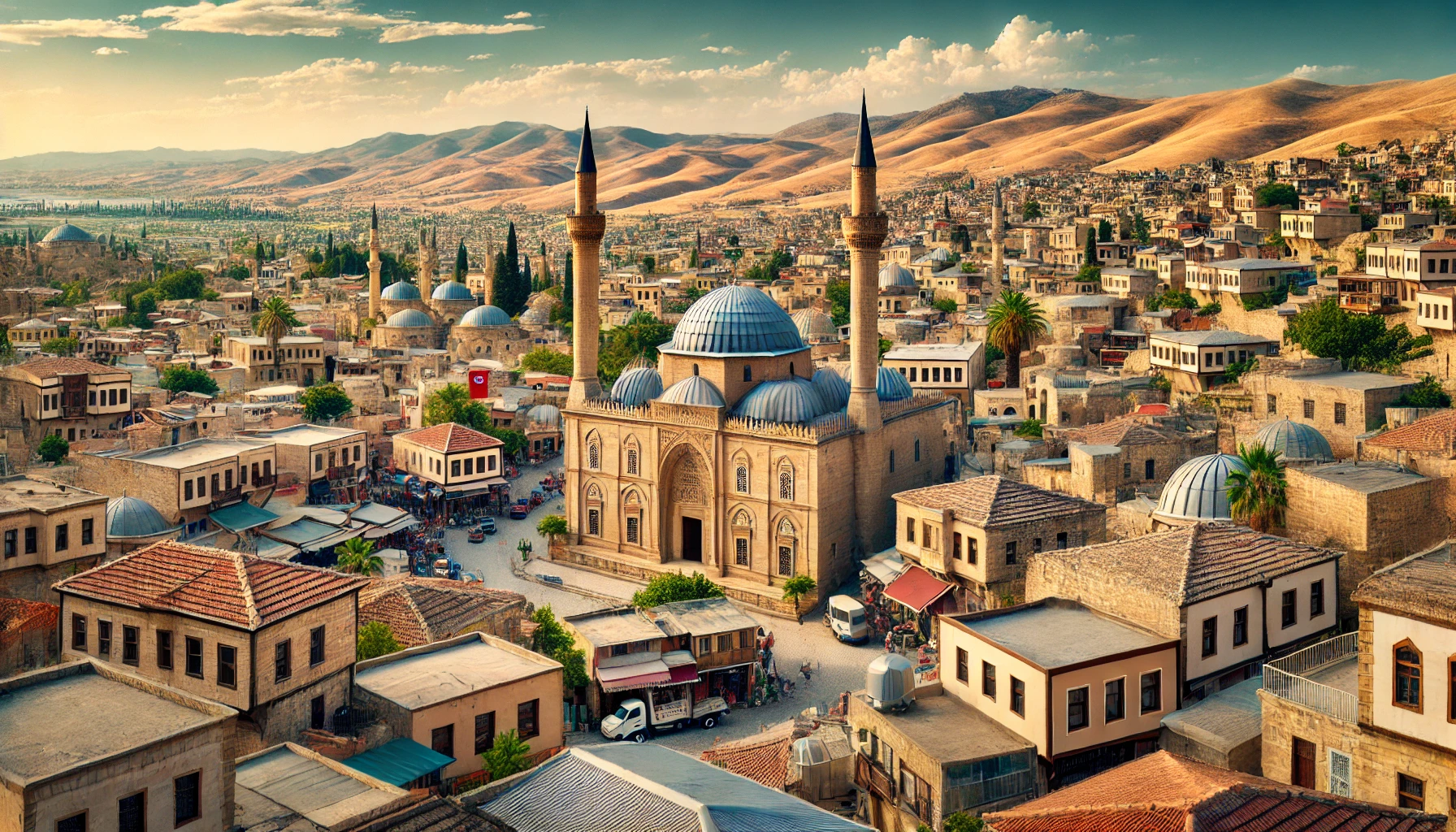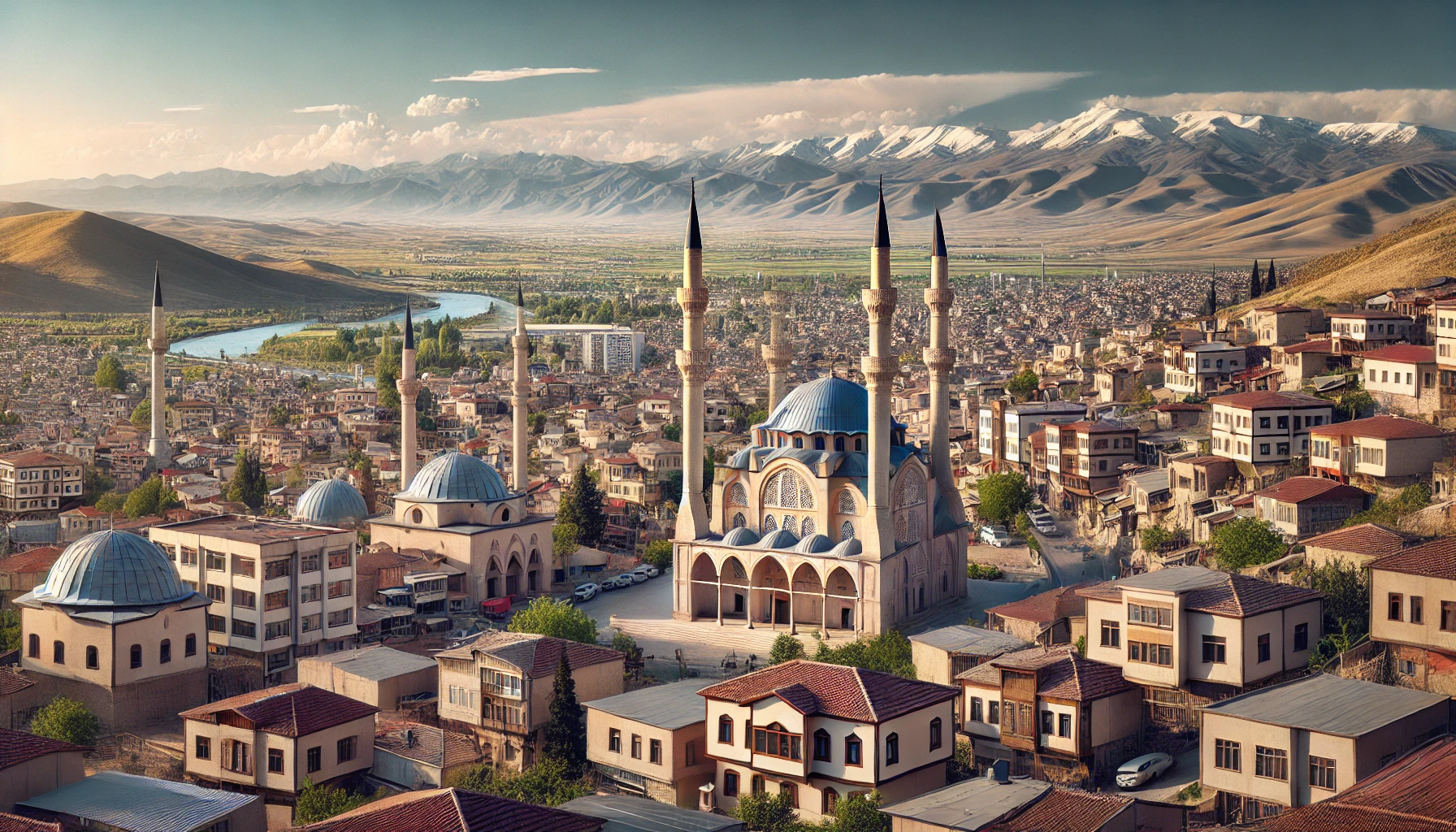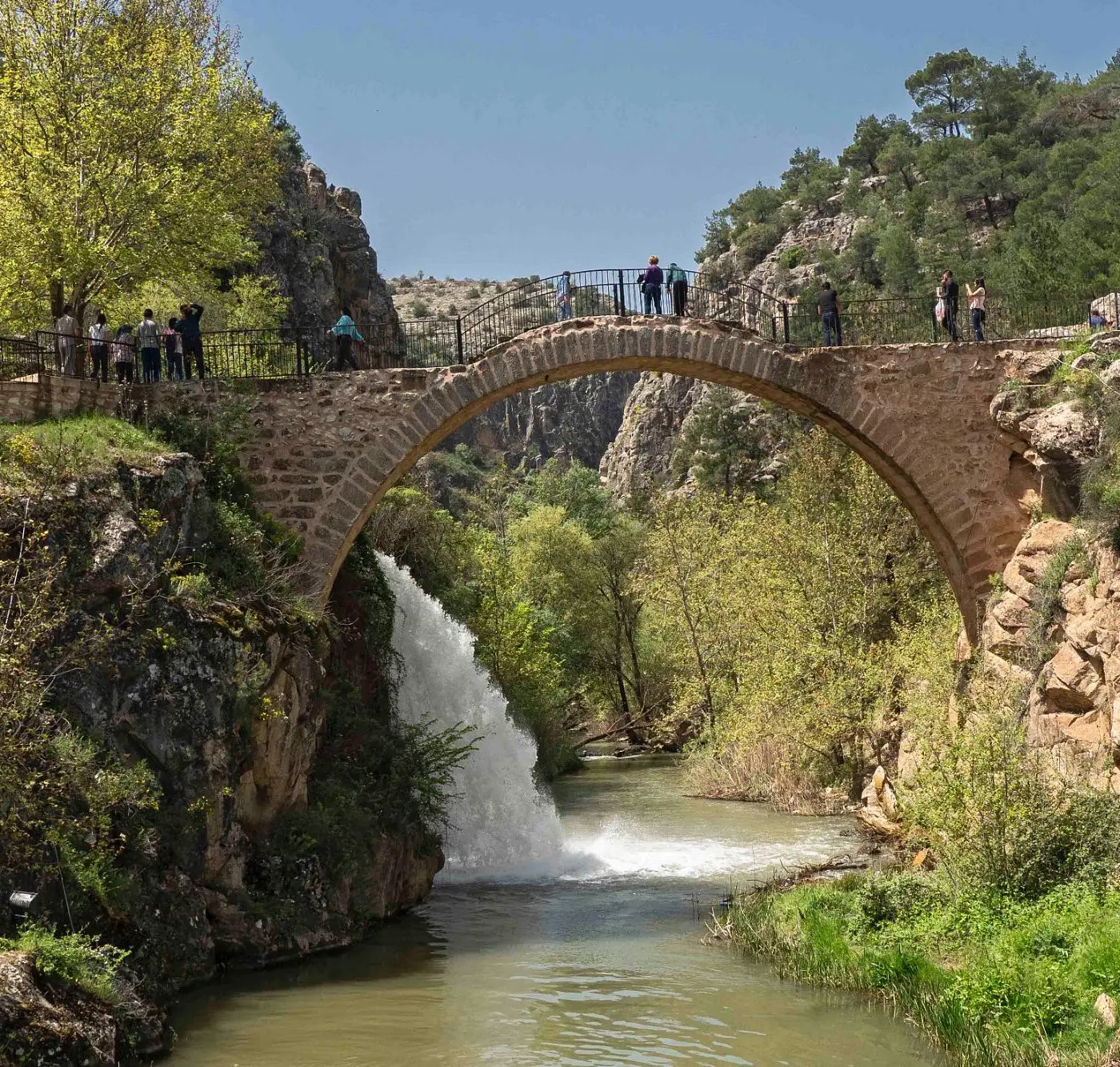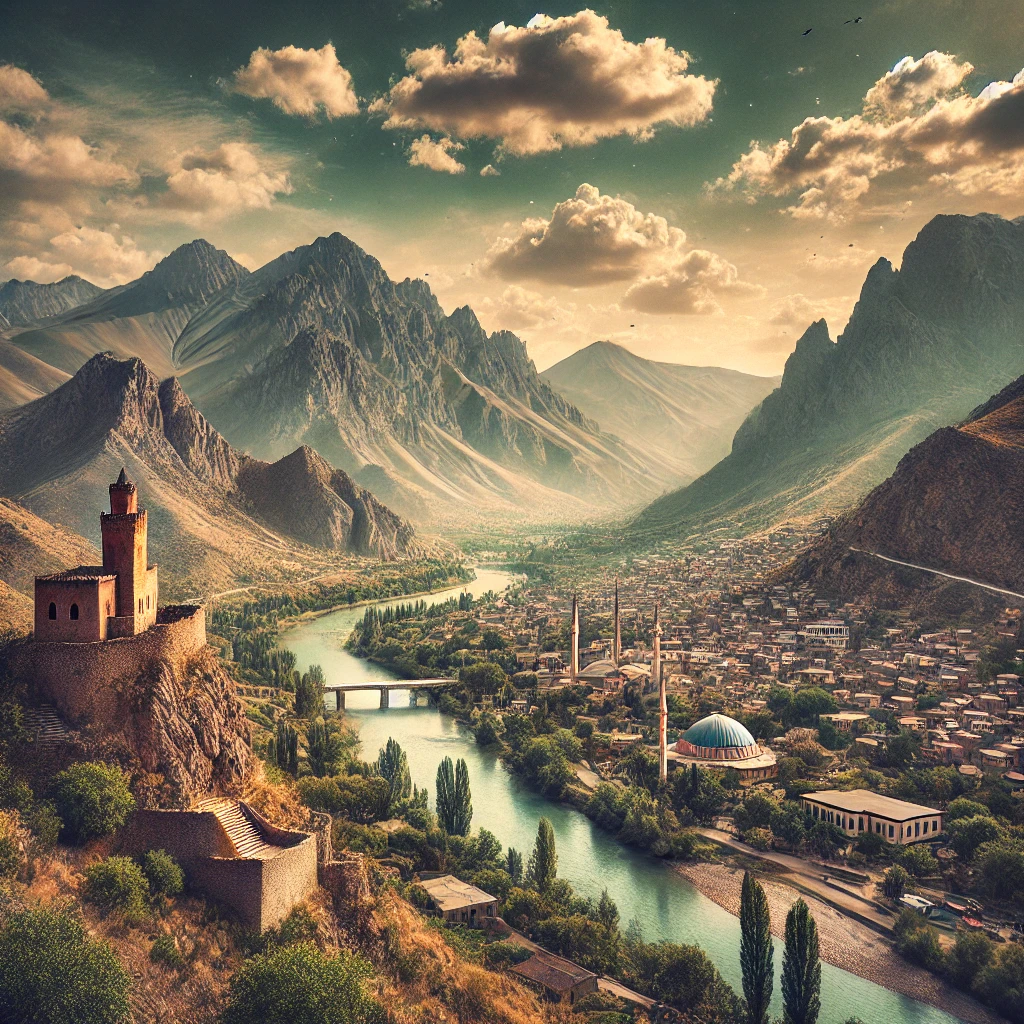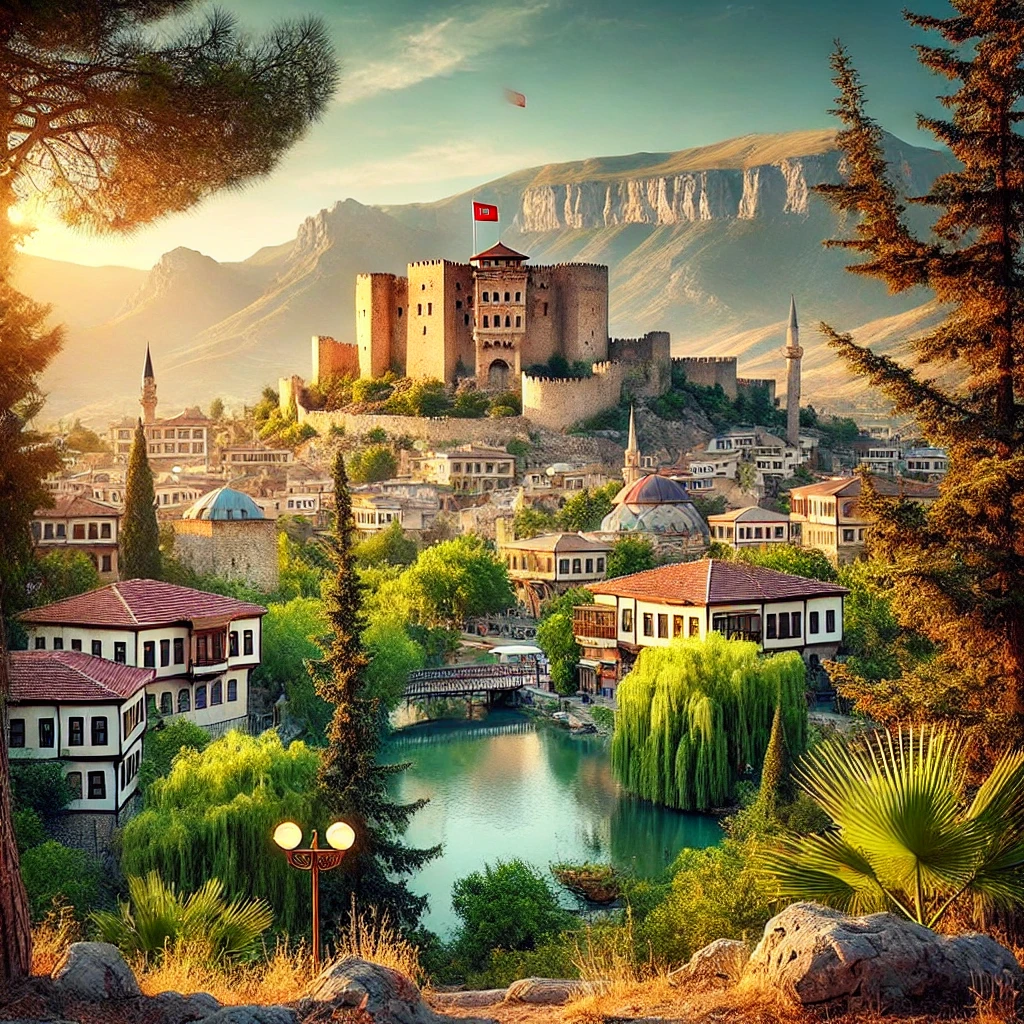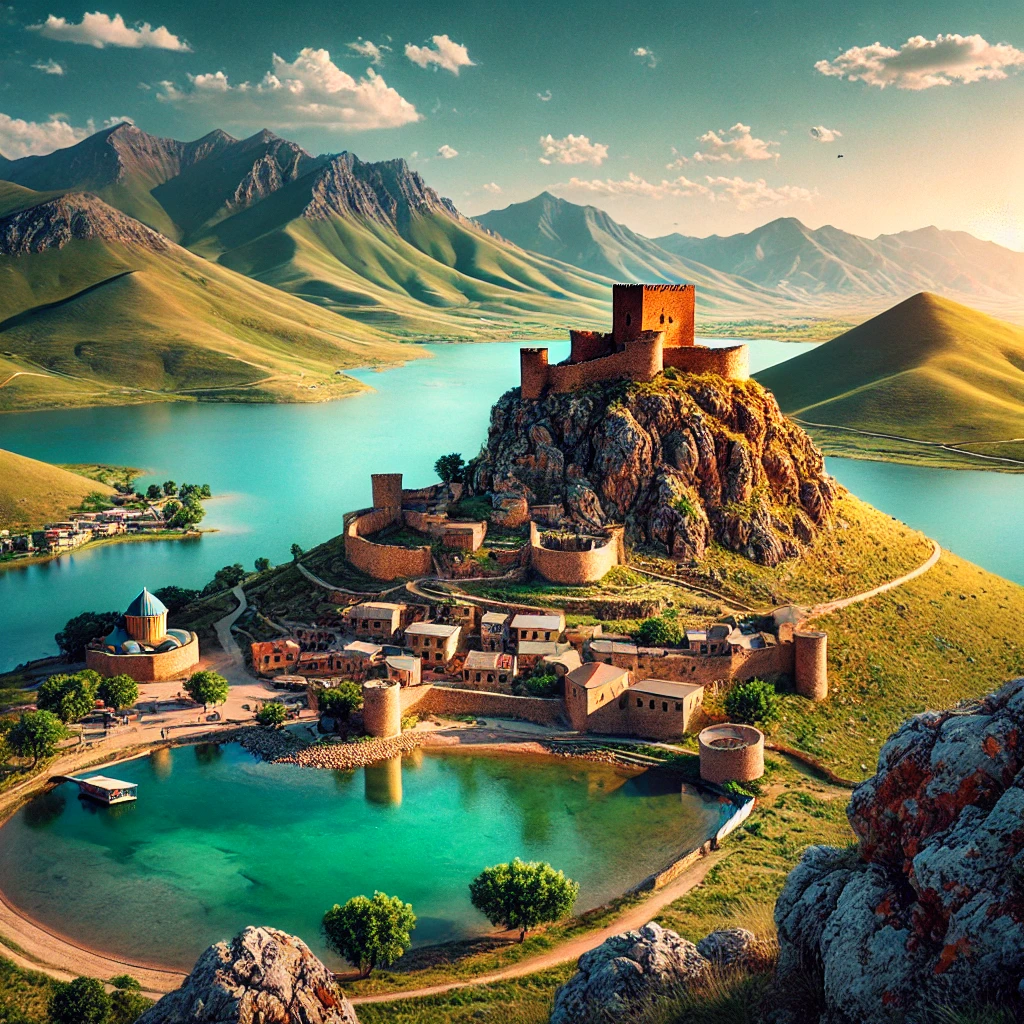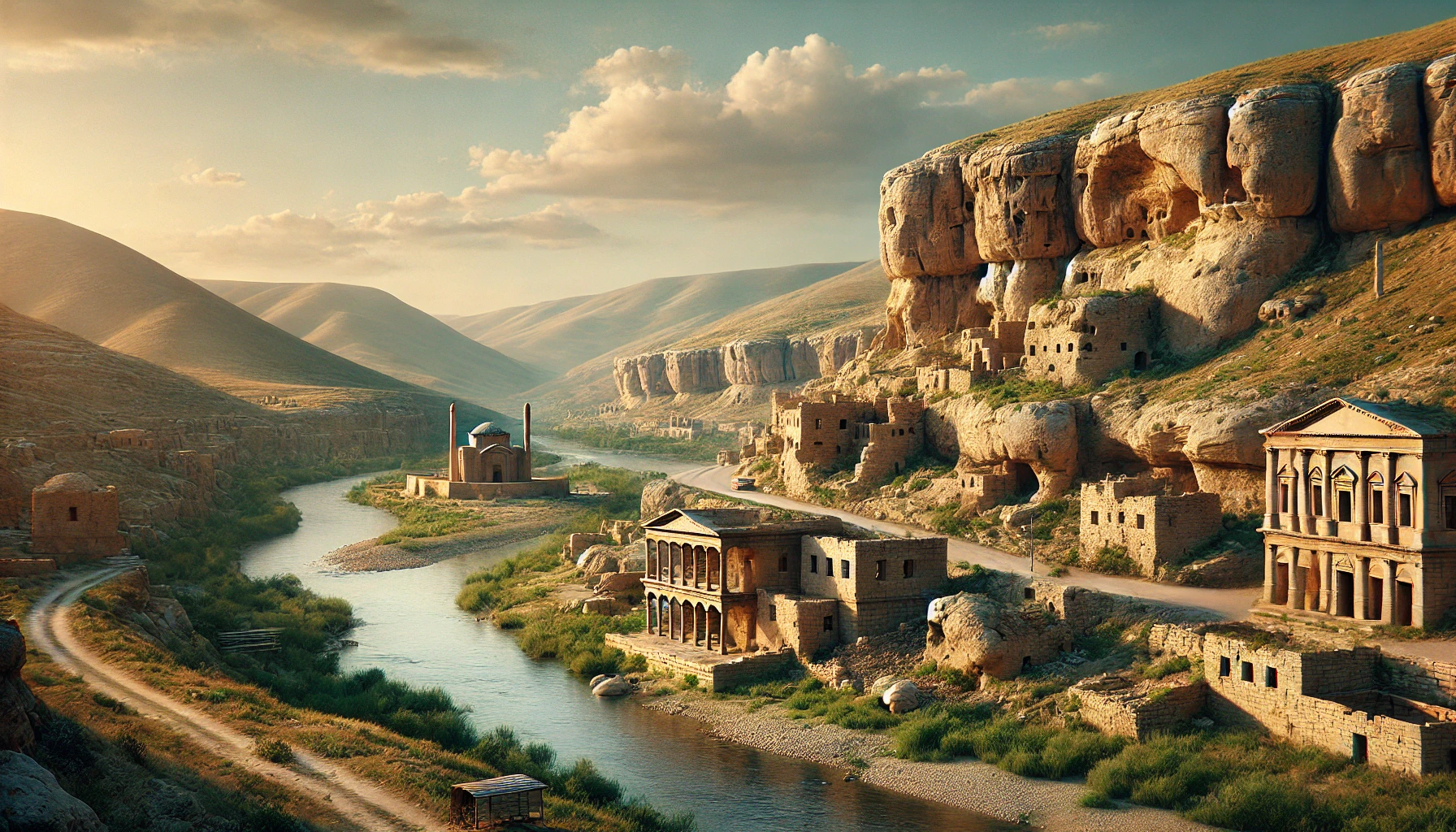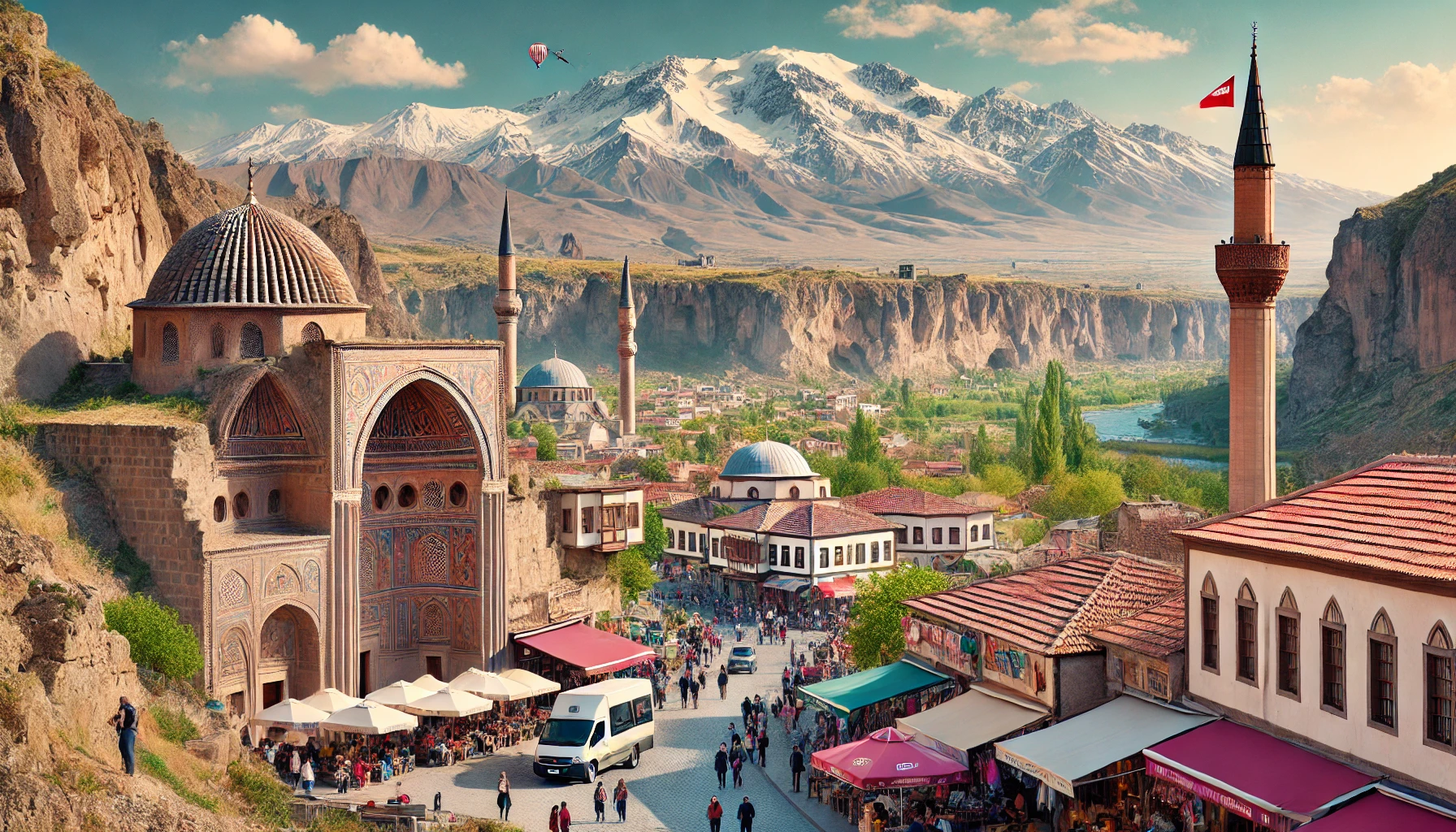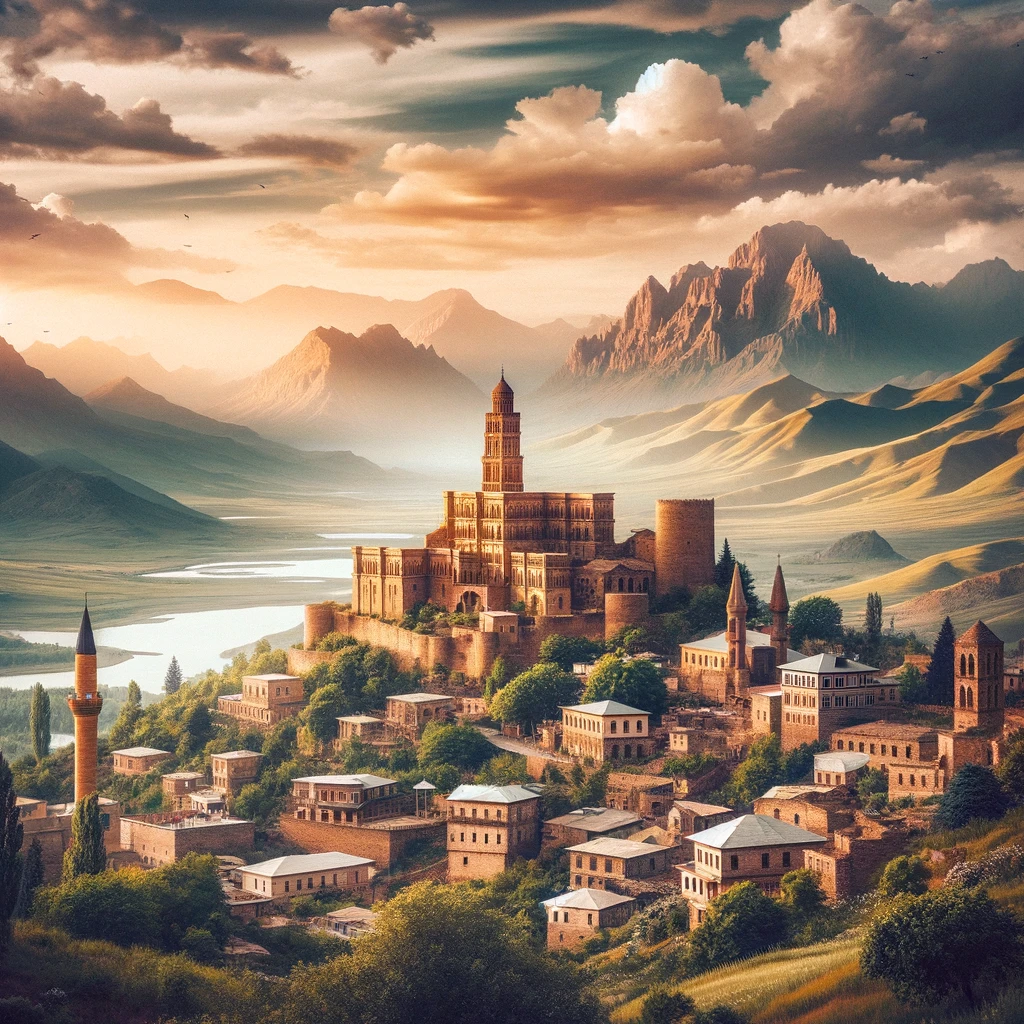Letoon: Exploring the Sacred Heart of Lycia
Letoon, an ancient city located on the Fethiye–Kas highway, is a site of immense historical and cultural significance. Founded in honor of Leto, the mother of the Olympian gods Apollo and Artemis, Letoon served as the religious center of Lycia. Enlisted as a UNESCO World Heritage site, Letoon is a treasure trove of ancient art and mythology. This article will guide travel enthusiasts through the rich history, key attractions, and enduring legacy of Letoon, offering a comprehensive look at this fascinating destination.
A Glimpse into Letoon’s History
The Mythical Origins
Letoon is named after Leto, a figure from Greek mythology who was loved by Zeus and bore him two children, Apollo and Artemis. The city was established in her honor, and its religious significance is rooted in its association with these major Olympian deities.
The Religious Heart of Lycia
As the religious center of Lycia, Letoon was a hub of spiritual activity and worship. It hosted several important temples dedicated to Leto, Apollo, and Artemis, attracting pilgrims from across the region. The city’s significance is highlighted by the numerous inscriptions and artifacts found at the site.
The Abandonment
Despite its early prominence, Letoon was abandoned in the 7th century AD. Various factors, including natural disasters and shifting political landscapes, contributed to its decline. However, the ruins that remain provide a fascinating glimpse into its storied past.
Key Attractions in Letoon
The Temples of Letoon
Letoon is home to three main temples dedicated to Leto, Apollo, and Artemis. These temples are the heart of the city’s religious heritage and feature impressive architectural details.
Temple of Leto
The Temple of Leto is the largest and most significant of the three. It was built to honor Leto and serves as a focal point for understanding the city’s religious importance. Visitors can explore the temple’s ruins and imagine the grandeur of ancient worship practices.
Temple of Apollo
The Temple of Apollo, dedicated to the god of music, prophecy, and healing, is another key attraction. This temple, though smaller than the Temple of Leto, is equally significant in its architectural style and historical importance.
Temple of Artemis
The Temple of Artemis, dedicated to the goddess of the hunt and nature, completes the trio of sacred sites. This temple offers insights into the worship of Artemis and the religious life of ancient Lycia.
Mosaic Depictions
One of the highlights of Letoon is its mosaic depictions, which illustrate famous scenes from mythology. These intricate mosaics provide a visual narrative of ancient myths and are a testament to the artistic achievements of the Lycian people.
Exploring the Mosaics
Visitors can view these mosaics up close, marveling at their detail and craftsmanship. The depictions of mythological scenes add depth to the understanding of Lycian culture and religious beliefs.
The Nymphaeum
The Nymphaeum, or sacred fountain, is another important structure in Letoon. It was dedicated to the nymphs and served as a place of worship and ritual purification.
Architectural Significance
The Nymphaeum’s well-preserved structure offers a glimpse into ancient water management and religious practices. Visitors can explore the site and appreciate its historical and architectural value.
The Natural Beauty Surrounding Letoon
The Xanthos River
Letoon is situated near the Xanthos River, which played a crucial role in the city’s history and development. The river’s presence adds to the scenic beauty of the area and provides a tranquil setting for exploration.
Scenic Walks
Visitors can enjoy leisurely walks along the riverbanks, taking in the lush vegetation and serene atmosphere. The Xanthos River’s natural beauty complements the historical significance of Letoon.
Proximity to Other Ancient Sites
Letoon’s location makes it an ideal base for exploring other nearby ancient sites, such as Xanthos, the capital of Lycia. Combining visits to these sites offers a comprehensive understanding of Lycian history and culture.
Exploring Xanthos
A short drive from Letoon, Xanthos features impressive ruins, including a theater, tombs, and an acropolis. Visiting both sites provides a richer context for the region’s ancient history.
Visiting Letoon: Practical Information
Getting There
Letoon is located on the Fethiye-Kas highway, making it easily accessible by car. The site is well-signposted, and there is ample parking available for visitors.
Transportation Options
Visitors can reach Letoon by car, bus, or organized tours. For those driving, the route offers scenic views and an enjoyable journey through the Turkish countryside.
Best Time to Visit
The best time to visit Letoon is during the spring (April to June) and autumn (September to November) when the weather is mild and pleasant. These seasons provide comfortable conditions for exploring the ruins and enjoying the natural surroundings.
Accommodation
While Letoon does not have accommodation facilities, nearby towns such as Fethiye and Kas offer a range of options for visitors.
Recommended Stays
Staying in Fethiye or Kas provides easy access to Letoon and other nearby attractions. Popular options include boutique hotels, guesthouses, and seaside resorts, offering comfortable and convenient accommodations.
Travel Tips
- Wear Comfortable Shoes: Exploring the ruins involves walking on uneven terrain, so comfortable footwear is essential.
- Stay Hydrated: Carry water, especially during the hot summer months, to stay hydrated while exploring.
- Respect the Ruins: Be mindful of the historical significance of the ruins and avoid climbing or touching fragile structures.
Why Letoon is a Must-Visit Destination
Rich Historical Legacy
Letoon offers a deep dive into ancient history, with its well-preserved ruins and fascinating artifacts. The city’s significance as the religious center of Lycia makes it a captivating destination for history enthusiasts.
Architectural Marvels
The impressive architectural remains, including the temples, mosaics, and the Nymphaeum, showcase the city’s rich cultural heritage. These structures provide a tangible connection to the past and highlight the architectural prowess of ancient civilizations.
Natural Beauty
The natural beauty surrounding Letoon, including the Xanthos River and the lush landscape, adds to the site’s appeal. Visitors can enjoy scenic views and a tranquil atmosphere, creating a serene and picturesque setting.
Conclusion: Discovering the Wonders of Letoon
Letoon, with its rich history, stunning ruins, and beautiful natural surroundings, is a hidden gem in Turkey’s Lycian region. From the grand temples and intricate mosaics to the tranquil banks of the Xanthos River, Letoon offers a diverse range of experiences for travel enthusiasts. As you explore this ancient city and its surroundings, you’ll uncover the stories of a bygone era and create lasting memories.
Latest Update: Jul 20, 2024
Your Content Goes Here
TAGS: ancient city of Letoon, historical sites in Turkey, Letoon, Letoon mosaics, Letoon ruins, Letoon travel guide, Letoon Turkey, Nymphaeum Letoon, Temple of Apollo Letoon, Temple of Artemis Letoon, Temple of Leto, Turkey tourism
A brief summary of the key points in this article.

